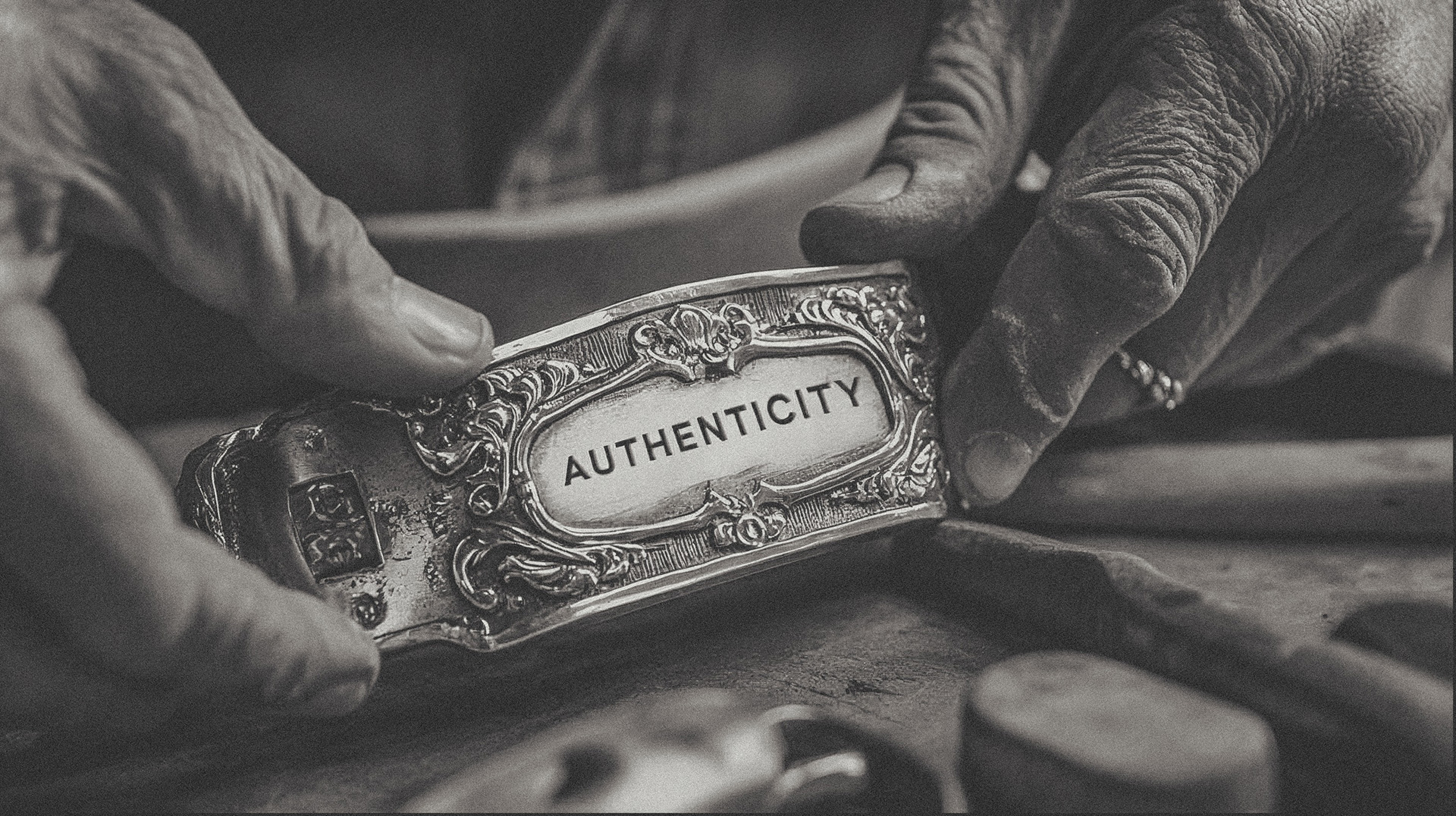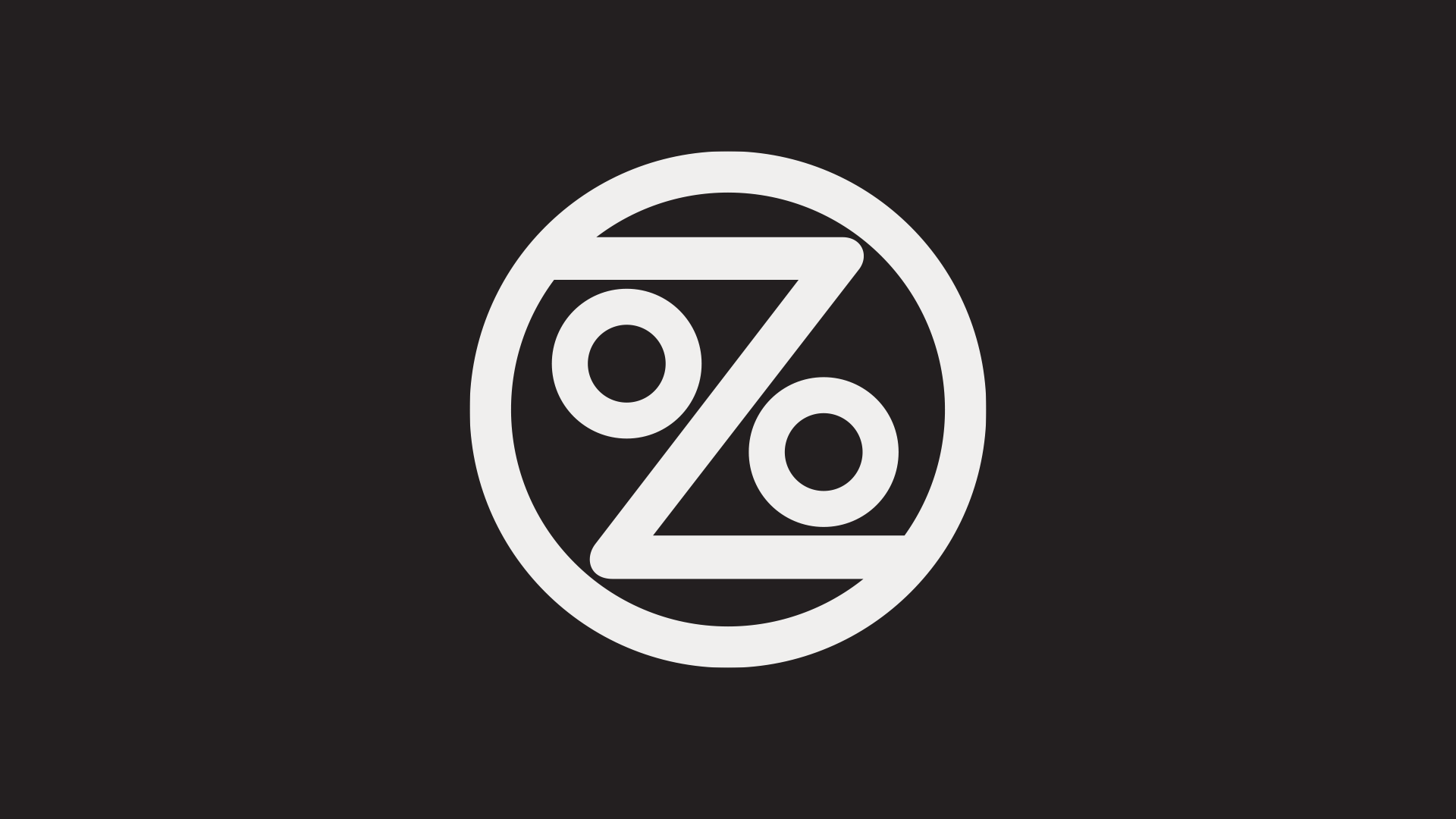Early in my career, I worked the front desk at a small marketing agency in Los Angeles. One day while I was answering phones and ordering lunch, the creative department was crafting a congratulations ad for a major music publication. The award was for Latin Music Producer of the Year. Instead of making it Del Año (of the year), it was mistakenly written as Del Ano (Of the Ass).
And yes, it went to press that way.
And yes, no one on the team was Hispanic.
Not all decisions made in a cultural vacuum are as tragically Shakespearean as this example. But creating work for a target audience you may not fully understand is something that definitely happens even today. And that really needs to change.
Diversity is Essential
Diversity, across the entire spectrum of our connected world, is important to your organization. Not just because of political correctness, which seems to be a driver for some brands (and if you are doing it just for that, it shows). No, diversity is important because it is essential to the success of the work. If you see diversity as covering a base, you are not doing diversity right. And in 2020, that’s bad.
Major guffaws aren’t all that common. But they happen. And they are amplified on a global social media stage for all to cringe, defend, laugh, or shake their head. The brand looks tone deaf, compounded by whatever other labels get attached. No one wants that.
When we unpack the meaning of tone deaf, it is by definition quite passive. It means listening, but not hearing. In cases where brands are being tone deaf, I must assume no one is intentionally trying to offend. Perhaps the people creating and approving may not know or be emotionally intelligent enough to admit that they don’t know.
Beyond the message
As we move toward highly targeted, hyper-segmented audiences, there is pressure on brands to fully engage with that audience. Yet, it’s not just about how the message is received from your target. It’s how the message will be received globally. And if you miss the mark, it can blow up in your face.
So how can brands navigate the complex world of inclusive messaging? The answer is quite simple, engage the right people and listen. The complicated part is having those in a position of authority act on that information to avoid possible missives regarding race, misogyny, or simply brand buffoonery.
For instance, I have to believe the person who put the young African-American child in a “Coolest Monkey in the Jungle,” shirt probably didn’t really think it through. It seemed like an absolute no-brainer for anyone with a pulse, yet somehow this image saw the light of day. Same for the copywriter who wrote “Spike your best friend’s eggnog,” showing a man and woman in a holiday fashion ad. Examples like this make most rational people wonder, “How did this get approved?”

But could that holiday ad have changed if a woman weighed in? A woman who understands never to accept an open drink from a stranger? Could these other missteps have been prevented if people thought beyond their own worldview, or better yet, consulted someone who represents that worldview?
Perhaps in all these cases someone did speak up but wasn’t heard because they were being “too sensitive.” And maybe today, that same person is quietly thinking, “I told you so.”
If you don’t have the right people on the team, you’re in danger of producing work that is both ego and ethnocentric. Even more dangerous is having the right people, but not listening to them. The entire group needs to be empowered to weigh in and be taken seriously. If you have a vision, include others. And leave the blinders at home.
DIversity makes the work better
A diverse workforce isn’t simply around to provide cultural coverage and prevent PR disasters from happening. Saying that undercuts the importance of diversity. A diverse, collaborative team will help focus the work to make it better in general. To examine it from different viewpoints. Diversity allows exposure to an understanding other than your own. By drawing on varied life experiences, cultural references, and approaches, the work becomes more empathetic, sound, and respectful to all people, not just your target audience.
So how do you make diversity a big part of your organization? First, make sure the people creating work are representative of the diverse world that will see the work. That happens when you hire people who are collaborative and have the ability to consider the message beyond the target audience. And, above all, create an empathetic culture that empowers and respects everyone on the food chain, and their decision to speak up. It is extremely important that people with power lift up others to create a more balanced and representative workplace dynamic.
It’s 2020, and if you are not doing diversity right, it’s about time you get started.


